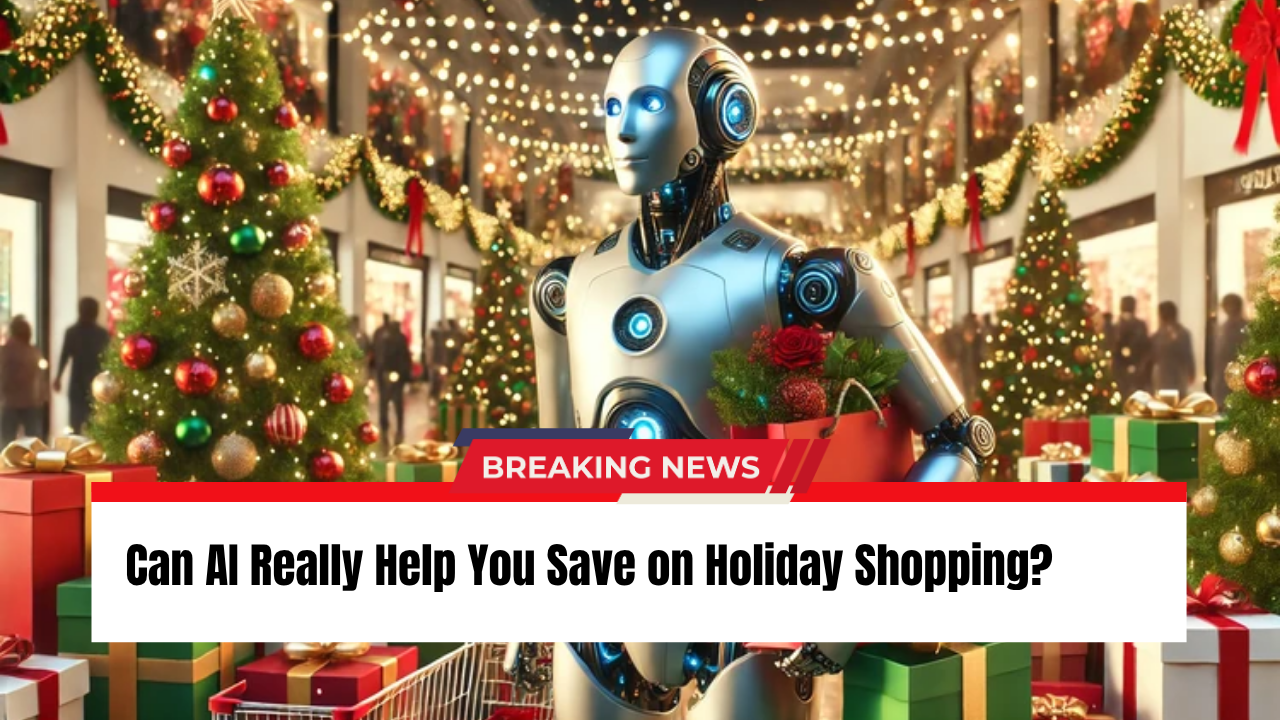If you’ve ever wondered how your city lands a Trader Joe’s, Costco, or Buc-ee’s — it’s not luck. It’s data.
Across Utah, artificial intelligence (AI) and cellphone analytics are quietly transforming retail development, determining which communities attract major brands and why.
Data Is the New Development Tool
Utah’s booming population has fueled new shopping centers, restaurants, and big-name retailers. But behind every new opening lies a growing reliance on AI-powered insights.
Your smartphone plays a central role. Every time you use an app or share data, you leave a digital footprint. Companies analyze that anonymous information to determine what kinds of businesses an area can support.
“It’s not identifiable,” explained John Perez, Tooele’s economic development director. “It doesn’t identify anybody unique — it’s just about group trends.”
City planners now use this anonymized information to make targeted pitches to national chains — and it’s working.
Tooele’s Record-Breaking Chili’s
In Tooele, a recently opened Chili’s restaurant has become the busiest in the entire country, according to Perez.
Within two months of opening, the retail center logged nearly one million visits. Using AI analytics, city officials can view detailed insights like median income, average age, education level, and even how many vehicles residents own.
That information helps cities show brands that they’re not just ready for growth — they’re primed for it.
What AI Knows About Shopping Habits
AI-driven tools can reveal surprisingly specific patterns. In Washington, Utah, for instance, data showed that most visitors to the local In-N-Out Burger were coming straight from nearby golf courses.
City leaders leveraged similar insights to attract WinCo Foods and Panera Bread, and are now in talks with a major sporting goods retailer.
Meanwhile, Springville’s demographics helped secure Utah’s first Buc-ee’s mega gas station, and Herriman recently landed both Trader Joe’s and Target — two of the state’s most requested retailers.
“Residents are excited,” said Jonathan LaFollette, Herriman’s communications manager. “It’s a big deal to have it here.”
Why Retailers Use Your Data
The use of cellphone-based location data isn’t new — but AI technology now allows for faster, more detailed analysis. Companies like Placer.ai and Buxton Co., which specialize in retail site analytics, aggregate billions of anonymous data points to help brands choose store locations across the U.S.
This process enables local governments to “match” retailers with the right markets, boosting both convenience and tax revenue. You can learn more about this trend from the U.S. Census Bureau’s retail data and analytics overview.
“All of those people now come here to spend their tax dollars,” said Tooele Mayor Debbie Winn. “It benefits all of us.”
Residents agree. “It feels like we’re not just an appendage to Salt Lake,” said Kathleen Halladay of Tooele. “We’re a real place.”
The Bottom Line
AI is reshaping how communities grow and how businesses expand. Economic leaders often describe it as “matchmaking” — pairing the right brand with the right city.
While the technology can predict success, personal relationships between city officials and corporate representatives still matter. Some deals remain confidential until contracts are signed, meaning even more national retailers could soon be headed to Utah.
In a data-driven age, your phone may be doing more than connecting you — it’s helping decide which stores open next in your neighborhood.



